I've been quarantining these corys for about a month now, and I still have concerns about them. I'm listing the details and attaching photos in the hopes that some of you may have some ideas or insights into what is going on. I'm not sure if I should try raising the temperature to 30C for two weeks, or to try worming them. Maybe they're overweight?
This issue is only with the corys in the tank and not the rasboras, but since it's an issue with most if not all of the corydoras, I don't think that it's a growth or tumour.
I'm grateful for your help in threads about various issues I've had with this group of fish so far!
Problems:
Relevant notes:
This issue is only with the corys in the tank and not the rasboras, but since it's an issue with most if not all of the corydoras, I don't think that it's a growth or tumour.
I'm grateful for your help in threads about various issues I've had with this group of fish so far!
Problems:
- Bloated, swollen abdomen
- Flicking/rolling into the substrate
- 105L quarantine tank (75x35x40cm)
- Sand, plants, filter, heater (25C), airstone
- 10 corydoras (originally 14) purchased 29 days ago (March 3rd)
- QT tank mates: 9 hengels rasboras and a few bladder snails
- 9 degrees GH, 0ppm Ammonia and Nitrite, 7ppm Nitrate (tap water level)
- Fed six days a week, close to 50% frozen and live food diet.
- (Bug bites and Oase Organix, frozen bloodworm, daphnia, mysis and artemia, and live BBS)
- Weekly water changes of 50-60%
Relevant notes:
- I finished removing the last of the salt from the tank a few days ago, after treating with salt for saprolegnia fungus. I used the higher dose of salt that Colin recommended (2 heaped tablespoons of salt per 20 litres.)
- After fasting them for two days, I fed boiled and de-shelled peas in case the issue was digestive like constipation. No improvement after 12+ hours
- When I got these fish, some of their barbels were quite badly eroded but they seem much better now. Some of them have completely normal barbels.
Attachments
-
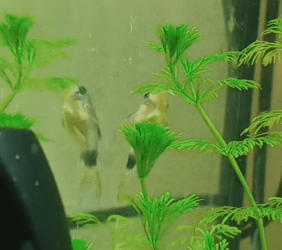 IMG_20240401_051625.png475.2 KB · Views: 52
IMG_20240401_051625.png475.2 KB · Views: 52 -
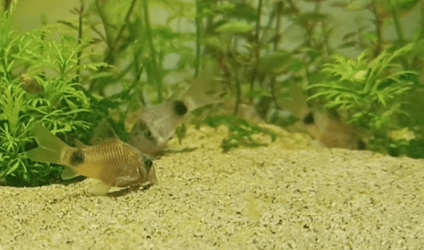 IMG_20240401_051427.png385.9 KB · Views: 31
IMG_20240401_051427.png385.9 KB · Views: 31 -
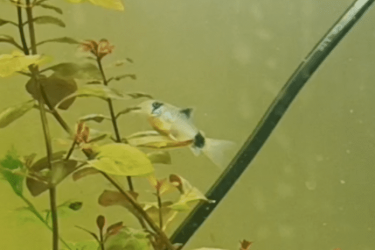 IMG_20240401_051600.png144.2 KB · Views: 32
IMG_20240401_051600.png144.2 KB · Views: 32 -
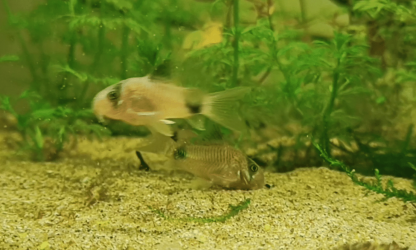 IMG_20240401_051402.png594.5 KB · Views: 51
IMG_20240401_051402.png594.5 KB · Views: 51 -
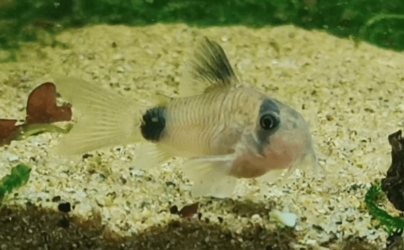 IMG_20240401_051741.png311.1 KB · Views: 33
IMG_20240401_051741.png311.1 KB · Views: 33 -
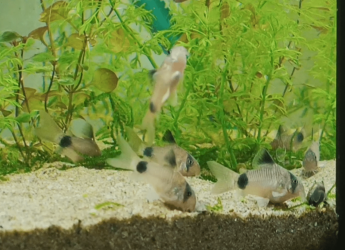 IMG_20240401_051821.png872.9 KB · Views: 35
IMG_20240401_051821.png872.9 KB · Views: 35 -
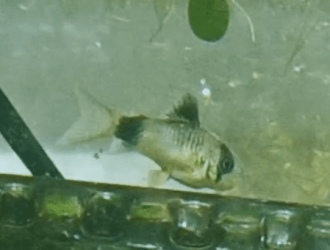 IMG_20240401_051706.png98.3 KB · Views: 37
IMG_20240401_051706.png98.3 KB · Views: 37 -
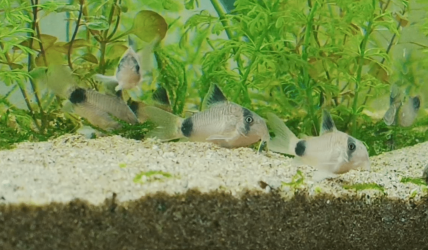 IMG_20240401_051801.png778.8 KB · Views: 36
IMG_20240401_051801.png778.8 KB · Views: 36 -
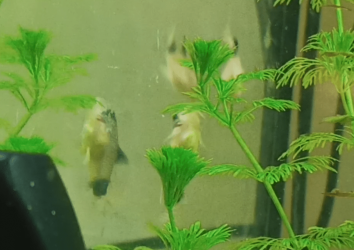 IMG_20240401_051644.png522.6 KB · Views: 37
IMG_20240401_051644.png522.6 KB · Views: 37 -
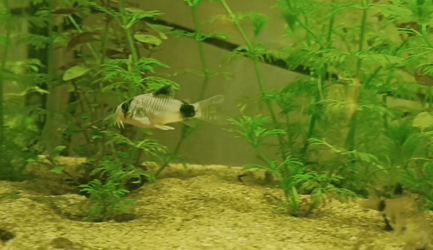 IMG_20240401_051332.png644.7 KB · Views: 37
IMG_20240401_051332.png644.7 KB · Views: 37 -
 IMG_20240401_051541.png67.7 KB · Views: 38
IMG_20240401_051541.png67.7 KB · Views: 38


